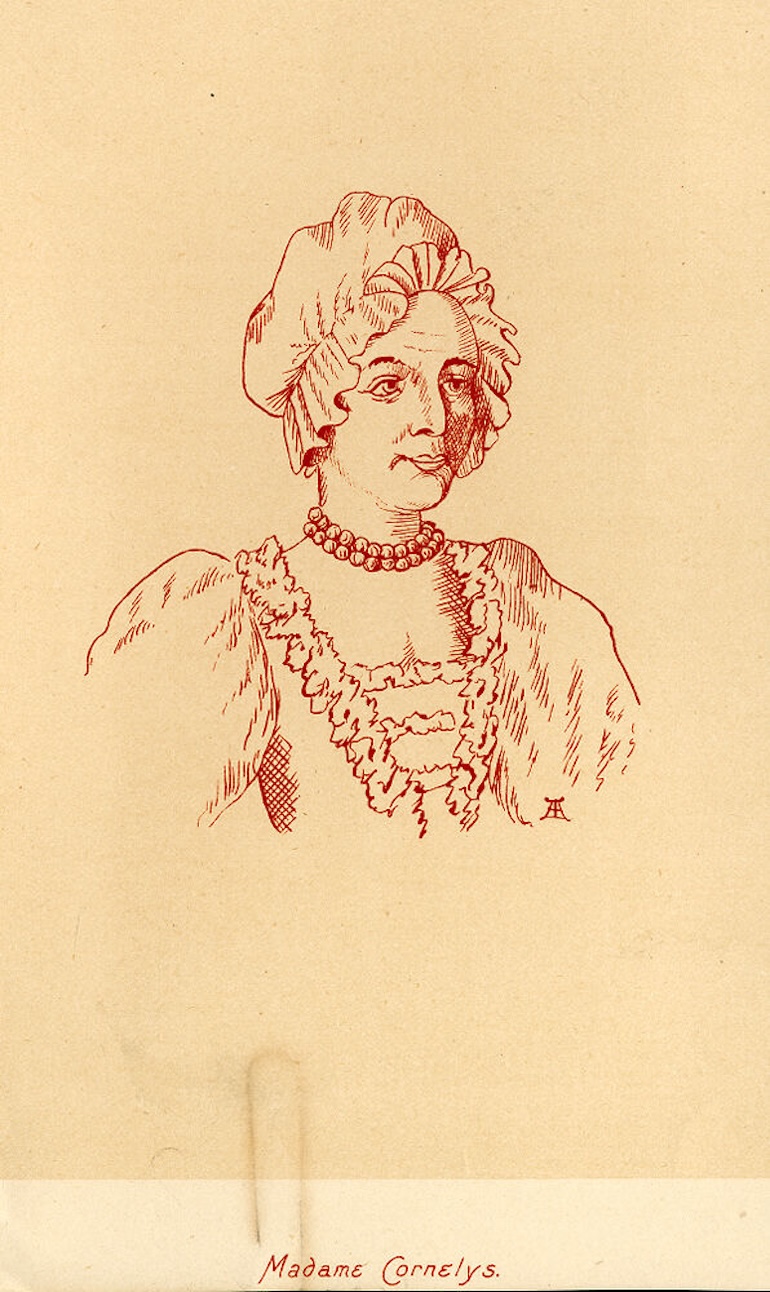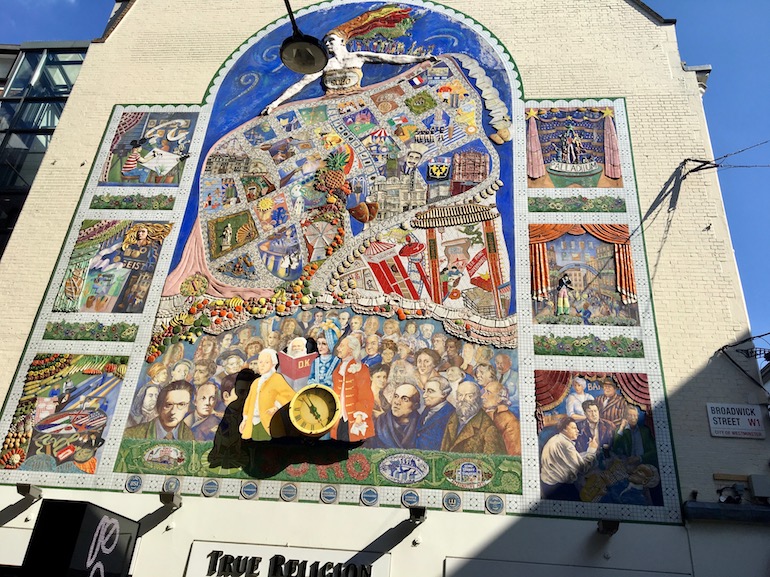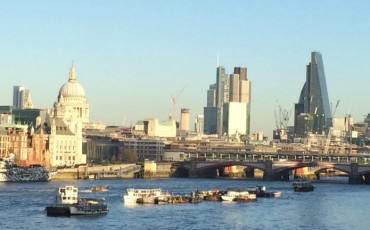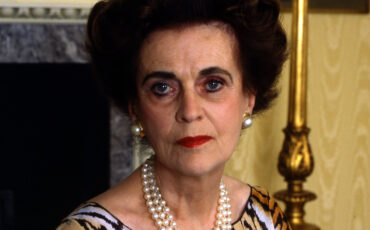Also known as Mme de Trenti or Mrs. Smith (1723-1797), Theresa Cornelys was an opera singer, visionary artist, courtesan and mistress of ceremonies who captivated wealthy English society for nearly twenty years. Her scandalous life, both private and public, was a popular topic among European aristocratic circles.
Born in Venice in 1723 as Anna Teresa Immer, she began her career as a soprano, performing in Padua, Genoa, and Turin’s most famous theatres. For a brief time, she was also a director. After marrying the dancer, Angelo Francesco Pompeati in St. Stephen Cathedral, Vienna, she made her first brief visit to London, performing at the King’s Theatre.
Returning to Europe, she joined the Gluck team to tour the continent and gave birth to three children: Giuseppe, Guglielmina and Sophia (the latter born from a brief relationship with Giacomo Casanova). Following her separation from Pompeati, Cornelys moved to Paris, where she lived in precarious conditions that led to the death of Giuseppina and another stillborn baby. She was eventually incarcerated for debts and Casanova took her son Giuseppe to be raised in Venice.
In 1759, Cornelys moved to Rotterdam, where she became the mistress of Cornelis de Rigerboos and adopted his name. She then moved to London, introducing herself as a widow to gain more respect. She performed at the Little Theatre in Haymarket and met the notorious Elizabeth Pierrepont, Duchess of Kingston, who helped her gain valuable contacts that later became members of her Society of Subscribers.
 Portrait of Madame Theresa Cornelys. Photo Credit: © Public Domain via Wikimedia Common.
Portrait of Madame Theresa Cornelys. Photo Credit: © Public Domain via Wikimedia Common.
Carlise House in Soho Square
Theresa Cornelys purchased Carlisle House in Soho Square, formerly the mansion of the Earl of Carlisle, which included an assembly room ideal for hosting large gatherings. Her events attracted wealthy members and special guests such as William Makepeace Thackeray and the Prince of Monaco and Denmark. The evenings at Carlisle House featured entertainments, including dancing, card-playing, extravagant masquerades and music concerts with celebrated foreign musicians such as John Christian Bach, Karl Abel, Stefano Storace, and Karl Weichsel. Refreshments were managed by Mr. Lewis Weltje, who had previously served the Prince of Wales, later King George IV.
Cornelys’s events created a great stir in London society in the 1760s with Soho Square becoming so busy with carriages that a new traffic system was implemented. However, her success was paralleled by financial difficulties. She spent nearly £5,000 to transform Carlisle House into a private club but faced competition from William Almack, who opened his assembly rooms in King Street, St. James’s, in February 1765.
According to Casanova, she also acquired a country house in Hammersmith, where she employed three secretaries, 32 servants, six horses, a servant who was deaf and mute, and a lady-in-waiting. Unable to cope with her debts, Cornelys was incarcerated in Fleet Street Prison, and Carlisle House was confiscated and sold to pay her creditors.
After her release, she moved to Southampton, where she bought and ran a hotel until debts again overcame profits. Returning to London, she organized a regatta on the Thames and managed Carlisle House. By 1779, she was bankrupt once more and ended up in prison. During the Gordon Riots a year later, she escaped and later, under the name Madame de Trenty, sold donkey milk, considered vital for a long and healthy life in Georgian society.
Theresa Cornelys died of cancer in 1794 in Fleet Street Prison. According to the actress Becky Wells, her cancer was caused by striking her breast against a rusty carriage seat while being taken to prison.
Today, she can be seen along with other celebrities in the Spirit of Soho mural which stands where Carnaby Street meets Broadwick Street. She is standing next to Karl Marx, dressed in blue and winking at her one-time lover Casanova. The mural was created by the Soho community in 1991 and was coordinated by two organisations – Free Form Arts Trust, who designed and executed the work, and Alternative Arts, who coordinated the workshops and public programme that went alongside it.
 The Spirit of Soho Mural on the corner of Broadwick Street and Carnaby Street in London. Photo Credit: © Ursula Petula Barzey.
The Spirit of Soho Mural on the corner of Broadwick Street and Carnaby Street in London. Photo Credit: © Ursula Petula Barzey.







Leave a Reply